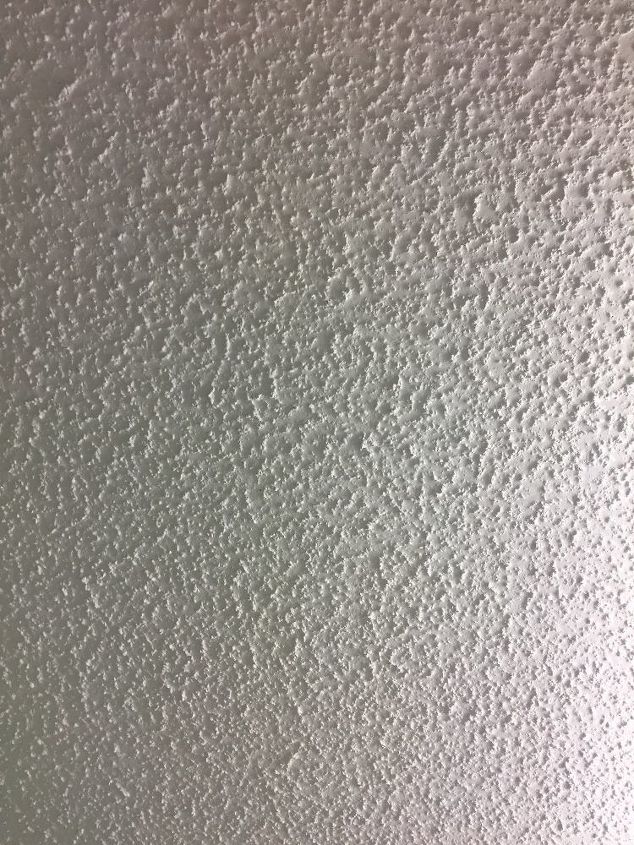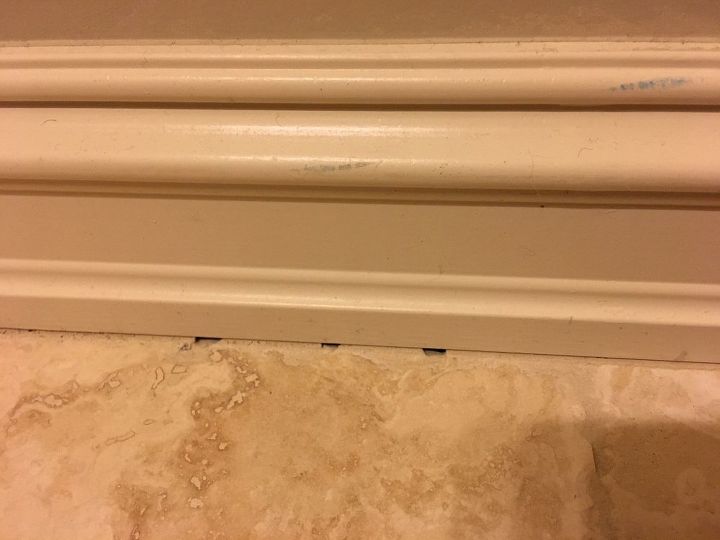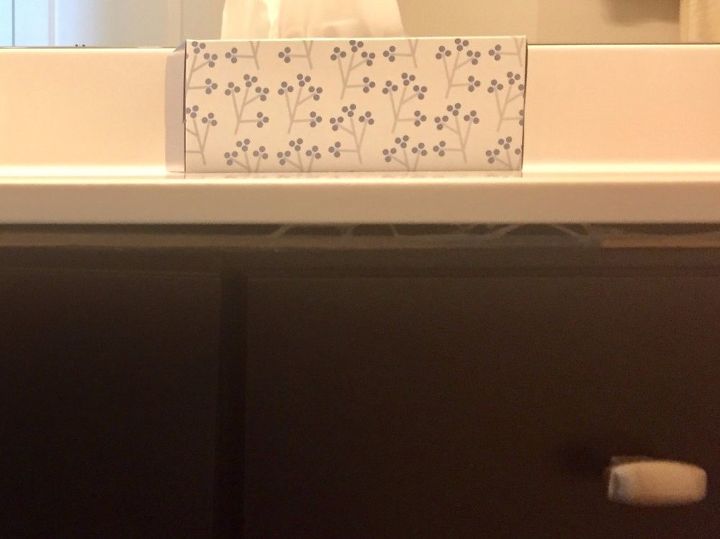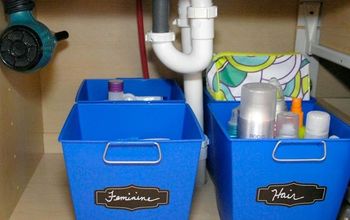How do i wire a bathroom fan and shower light??

Hi, i'm looking for some electrical advice. I have installed lots of lights anf switches, but i haven't added any new appliances or outlets to an existing room setup.
I have a bathroom that has an overhead light and vanity light on only one switch. I went to add a ceiling vent fan and a light over to the shower, preferably on seperate switches. Obviously i have to run a feed line over to those two items, but i am a little unclear as to handle the wiring to power those two items on new switches. Any advice it appreciated.
Also, any way to run the line over without tearing up the drywall?
Related Discussions
How to get rid of mice?
We seem to have some unwelcome Mickeys and Minnies in our house. What is the best way to get rid of them?
How to remove popcorn ceiling with asbestos?
I want to remove my popcorn ceiling, but it has asbestos in it. How do I go about this safely?
How to caulk baseboard gaps?
How do I fill gaps at baseboard, should I caulk? If so, does anyone know how to caulk baseboards?
How to fix squeaky hardwood floors?
How do I fix squeaky hardwood floors?
How do I remove stuck light bulbs from a bathroom fixture?
The last time I had to replace them they broke off, the bulb broke into pieces and separated from the socket
Countertop is separating from vanity in bathroom. How do I fix this?
It looks like the glue is coming off. I attached a picture.





How to Wire a Bathroom Fan and Light Independently
https://www.hunker.com/13414246/how-to-wire-a-bathroom-fan-and-light-independently
How to Wire a Bathroom Fan to an Existing Lighthttps://homeguides.sfgate.com/wire-bathroom-fan-existing-light-26229.html
Hi Gregory, this video might help you:
How to Wire a Ventilation Fan & Light : Ceiling Fan Maintenance - Bing video
How to Wire a Bathroom Fan to an Existing Light | Home Guides | SF Gate
How to Wire a Bathroom Fan and Light Independently | Hunker
The fans in my house were very simple, just like installing a light. The fan had a ground, neutral and hot wire to connect to the same wires that ran to a switch.
You will probably need to do some sheetrock work. I would run a 14/3 (red, white, black, ground) wire into attic (or space above) to the desired location, and fish wire up inside the wall where you want the switches. You can buy an "old work" double electric box. Power from line side of existing light switch can go to new box. Connect hot wire (black) from existing power to both new switches. Red wire would feed from one new switch to fan or light and the black would feed the other. White neutral would be common and ground continues to both units. Get an LED light so you never have to change it. Ensure light and fan fixtures are rated for damp area.
Make sure that the light circuit your connecting to can handle the extra load. You might need to put the fan and light on a separate circuit breaker.
I would call an electrician especially since you want to install it over a shower - better to be safe than sorry! You need to know if your panel can handle the extra load and also to be sure you don't have too much on one switch
I'd also hire this one out. I do a lot of DIY but this seems potentially dangerous if not at least checked by someone who knows what they are doing.
Found in the Journal of Light Construction:
"Section E3703.4 of the 2015 IRC requires that at least one 20-amp circuit supply the bathroom's GFCI-protected outlets. And while outlets in other rooms can't be placed on this circuit, other minor equipment within the bathroom (like an exhaust fan) can be, according to the code — but only if the circuit serves just one bathroom. So a combo unit placed on the circuit may technically meet code.
In practice, however, electricians almost always add a separate circuit matching the rating for the ventilation fan motor and demand from the unit's heat lamp (or blower) to avoid callbacks for tripping failures. A 20-amp circuit can safely deliver 80 percent of its load, or 1,920 watts, before running a risk of tripping (20 amps x 120 volts = 2,400 watts; 2,400 x .80 = 1,920). An average-sized hair dryer is typically rated at 1,000 watts, and the rating of a curling iron can be even higher; plug them in and turn both on at the same time and you've already exceeded the circuit's safe capacity without even switching on the combo unit. That's why some manufacturers specify a dedicated circuit (which doesn't require GFCI protection) for some of their combo units.
Not only is wiring a separate circuit good practice, but section E3601.2 of the IRC specifies that branch circuits must have ampacities equal to the loads expected on the circuit. An installation must comply with all parts of the code, not just one provision."
Remember that your home owner's insurance will probably not cover any loss for work not done to code:
Hi! There's much to do with venting, too. You might consider getting professional installation. I've done this with trickier projects like this, getting installation through where I buy the item. That way you have a licensed contractor who knows building codes and will guarantee their work. If you can't go that route, do some research online for best practices. Lowe's, Home Depot, Handyman, and This Old House all have tutorials. Good luck and stay safe!
Like all electrical questions I start by recommending that you get a professional to do or at least inspect your work prior to flicking the switch.
The basic wiring will be easy if you have done switches in the past. Familiarize yourself with local electrical codes regarding bathrooms. Make sure that you are not over loading any circuit that you pull power from. As far as running the wires, it may be easy if the framing in the ceiling and walls are running the right direction, but even so you will have some drywall to remove and replace to do the job correctly as wires need to be fasten to the frame work.
First, I would call an electrician or handyman if you are unsure about anything. Depending on your existing wiring, you may be able to use your existing wiring along with a remote control kit like this: https://amzn.to/3lhdHsb
Hope this Helps! Jeremy - https://do-daddy.com
i would for sure contact professional about that
Here's a post that might help - https://homeguides.sfgate.com/wire-bathroom-fan-existing-light-26229.html
You can burn your house down and lose your insurance if you wire this improperly -- call a pro since you're expressing apprehension. I don't know that a fan with a light in a shower is the best course of action.
I have to admit I'm not too fond of electrical work.